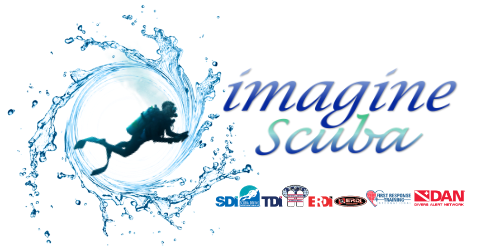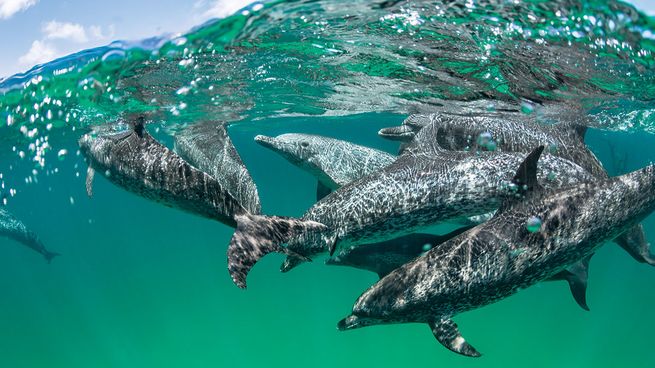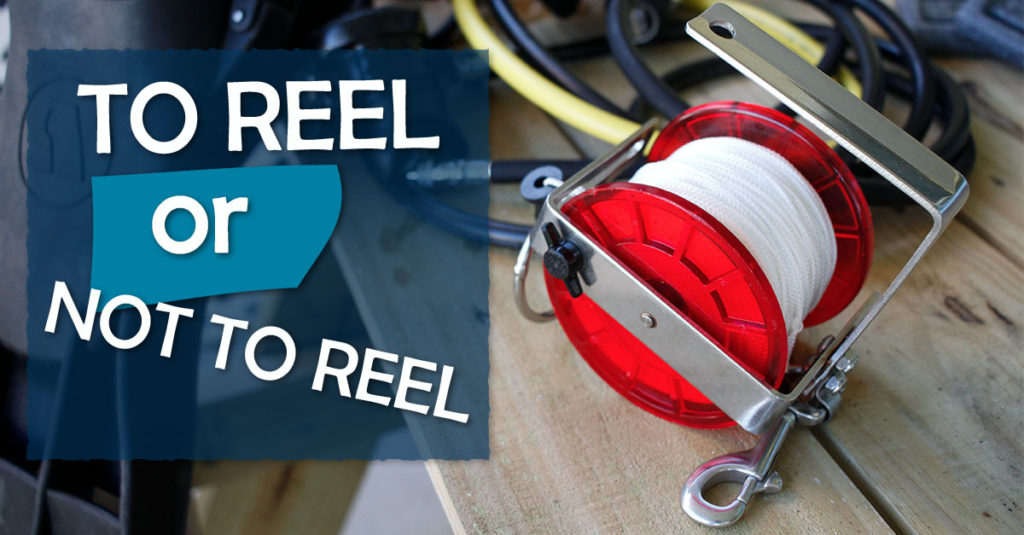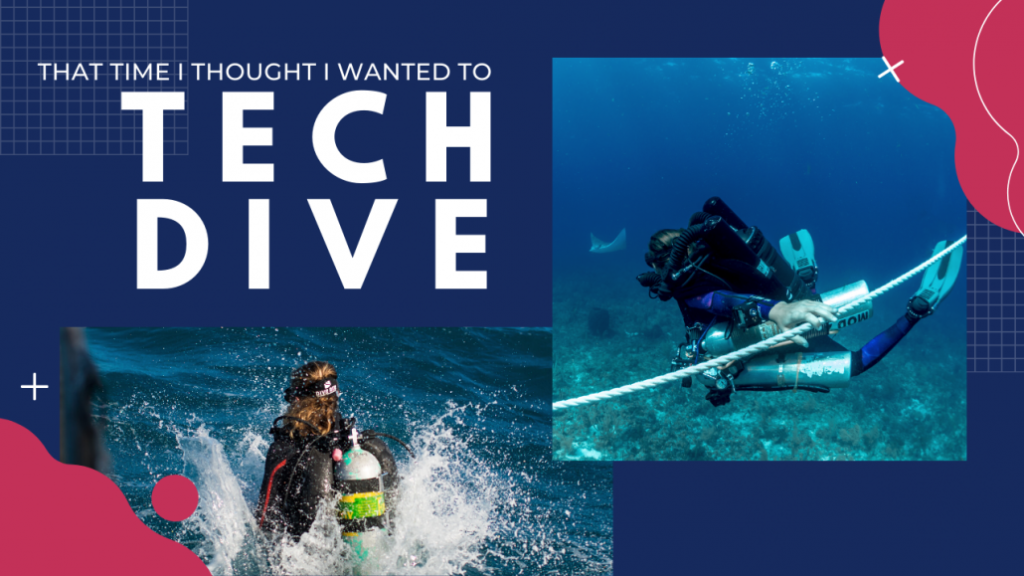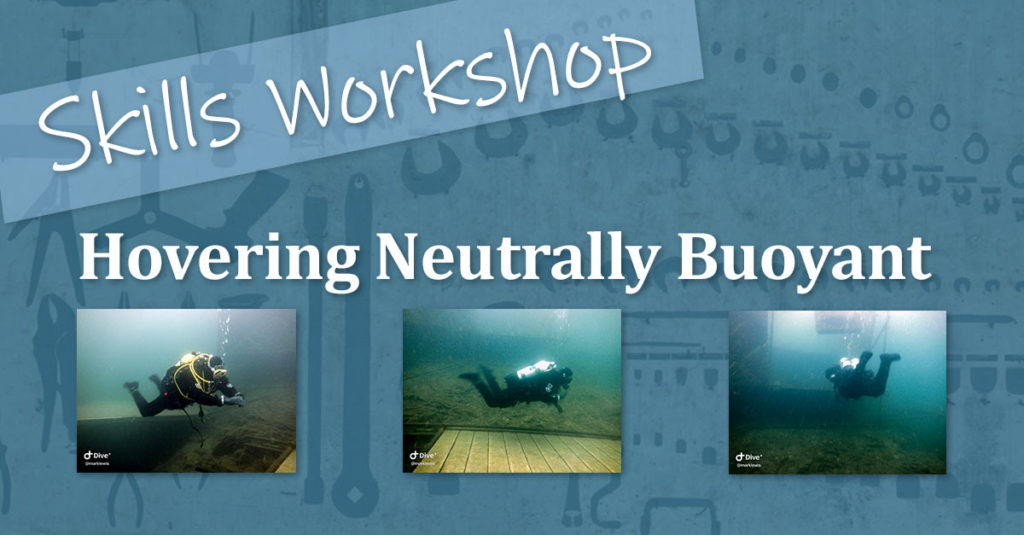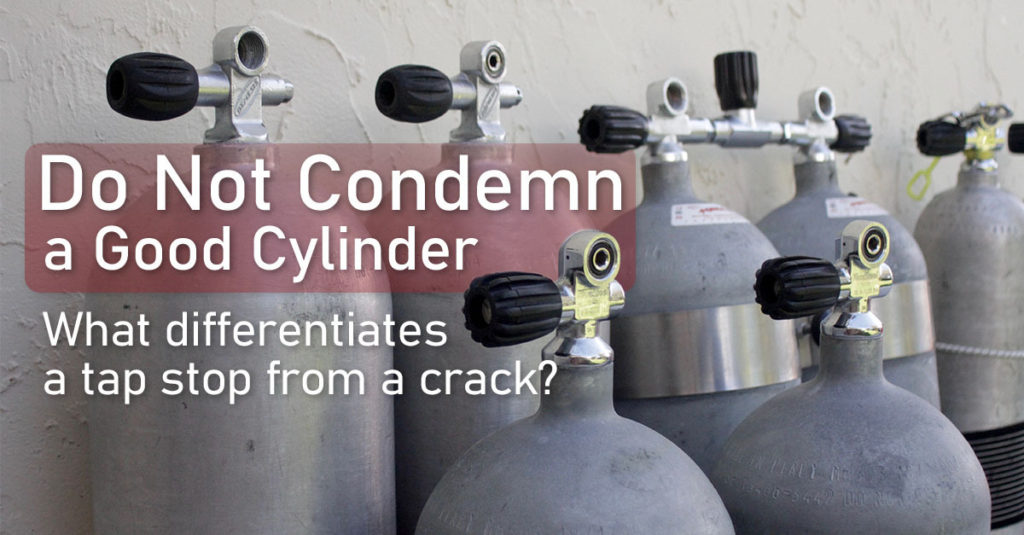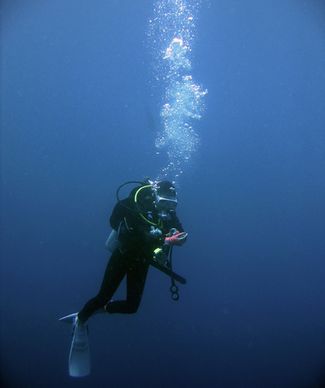Untrained and Unprepared | Lessons for Life
Deception spells doom for divers who enter a cave system. After they made their way past the narrow opening in the freshwater spring, the cave system opened up in front of Cliff and Andrew. Cliff had been inside the cave several times, but it was the first time for Andrew. He was a little nervous, …
